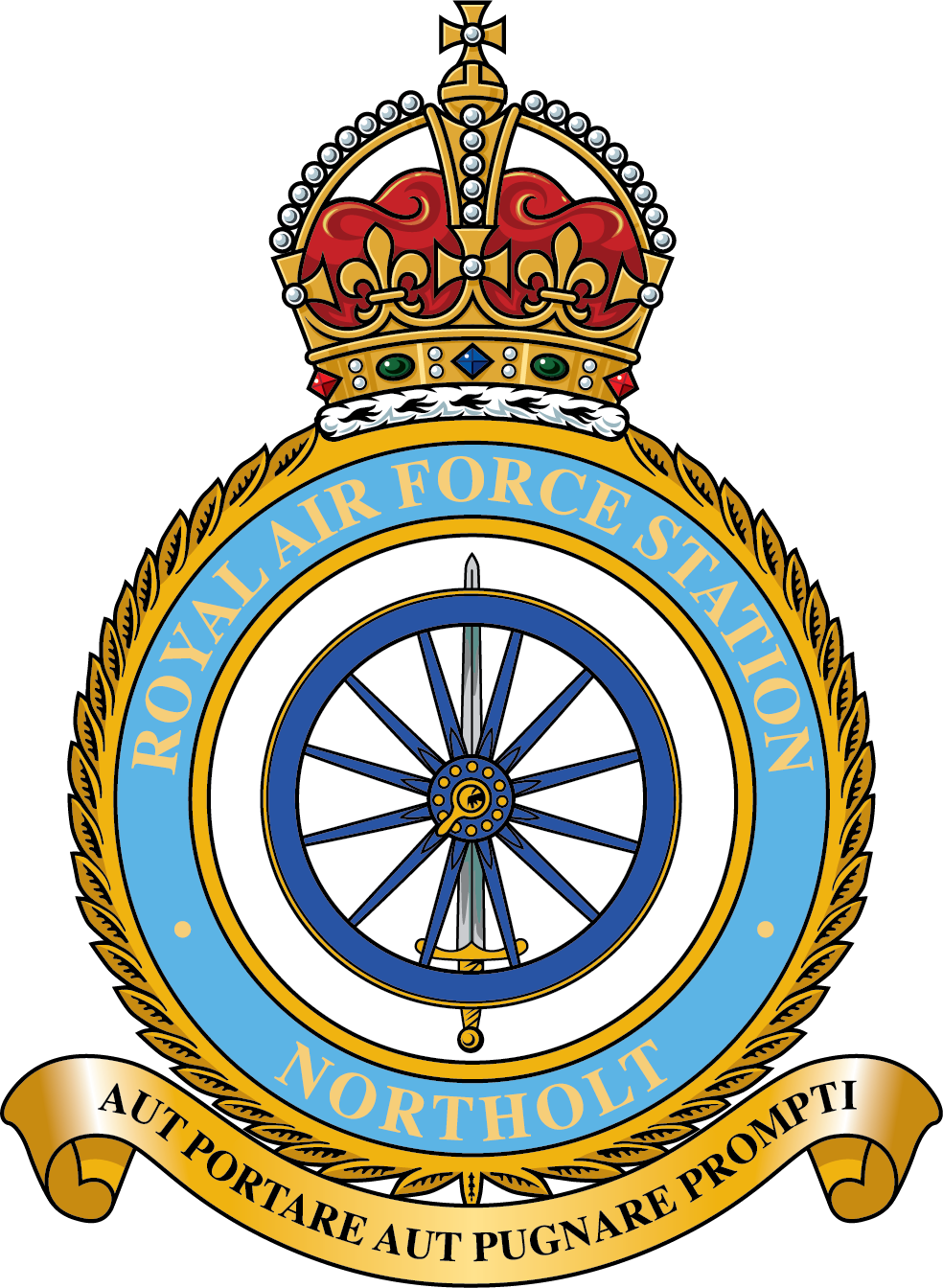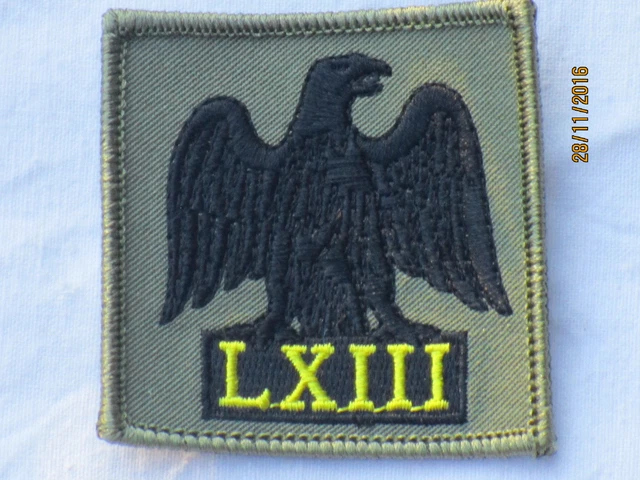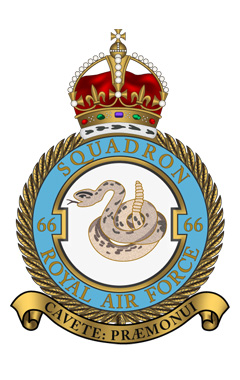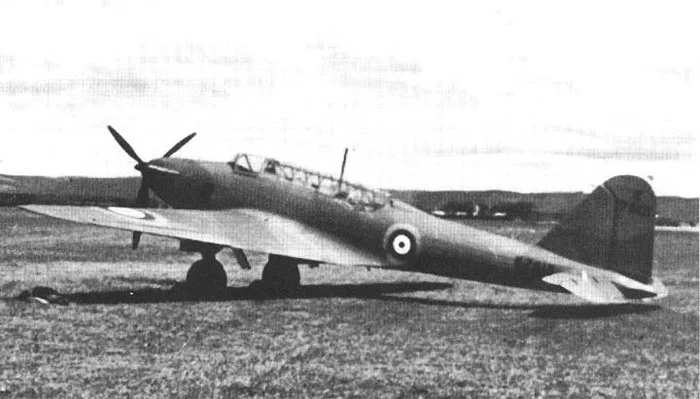Number 63 Squadron was a bomber aircraft and training squadron of the Royal Air Force that was active during various periods from 1916 to 1992. Originally using De Havilland DH.4 aircraft in World War I, it was last equipped with BAe Hawk jet trainers.
History
First World War
No. 63 Squadron was formed on 31 August 1916 at Stirling, Scotland as a squadron of the Royal Flying Corps. The squadron was intended to operate as a day-bomber unit over the Western Front in France, and was equipped with de Havilland DH.4 aircraft; however at the last minute the squadron was re-tasked to operate against the Turkish army in Mesopotamia (Iraq) and was re-equipped with R.E.8's for its new mission, when the squadron arrived in the Middle East in August 1917. No. 63 Squadron remained in Mesopotamia for the rest of the war, and it was disbanded on 29 February 1920.
Inter-war
In February 1937 the squadron was refounded at Andover, Hampshire as a bomber unit, and three months later became the first unit to receive the Fairey Battle aircraft. Early in 1939 the unit was assigned an aircrew training role, and received a number of Avro Ansons, but the unit lost its separate identity in April 1940 when it became a part of No. 12 OTU.
Second World War
On 15 June 1942 No. 63 Squadron was reformed from part of No. 239 Squadron at RAF Gatwick, West Sussex with Alison engined North American Mustang I's. In January 1944 the squadron moved to RAF Turnhouse in Scotland and was re-equipped with Hawker Hurricane IV's in April 1944, converting to Supermarine Spitfire VB's in early May 1944. By the end of May the squadron was based at RNAS Lee-on-Solent, preparing for D-Day. During the allied landings 63 Squadron flew spotter flights above the Royal Navy, providing a form of Forward Air Control (FAC) for the naval gunners supporting the troops on land. The pilots of the squadron at this stage were drawn from former Army co-operation units, The Royal Marines and as well as the RAF. On 20 September 1944 the squadron relocated to RAF North Weald. The squadron was disbanded on 1 February 1945.
Post-war: enter the jets
On 1 September 1946, No. 164 Squadron was renumbered as No. 63 Squadron, operating Spitfires from RAF Middle Wallop. Subsequently they moved to RAF Thorney Island, and shortly after in April 1948, the squadron was re-equipped with Gloster Meteor jet fighters. The squadron moved again, this time to RAF Waterbeach, Cambridgeshire, in May 1950. After re-equipping with Hawker Hunter fighters in 1956, the squadron was disbanded again on 31 October 1958.
63 Squadron reformed as a 'Shadow' unit for the Day Fighter Combat Squadron of the Central Fighter Establishment from 30 November 1958 until 1 June 1963. On the same day the number was transferred to No. 229 Operational Conversion Unit. based at RAF Chivenor, North Devon, as the 'Shadow' designation for one of its constituent squadrons. On 2 September 1970 No. 229 OCU was re-designated as the Tactical Weapons Unit and 63 squadron remained one of its 'Shadow' units. 63 squadron was transferred to No 2 TWU at RAF Chivenor, initially operating Hawker Hunter aircraft, and later, the BAE Hawk and when that unit was redesignated No 7 FTS on 1 April 1992, 63 Squadron remained a component part until 23 September 1992; when 63 Squadron last disbanded and its role was transferred to No. 19 (Reserve) Squadron.
Aircraft operated
References
Citations
Bibliography
External links
- No. 63 Squadron History
- History of No. 63 Squadron (Royal Air Force website)




